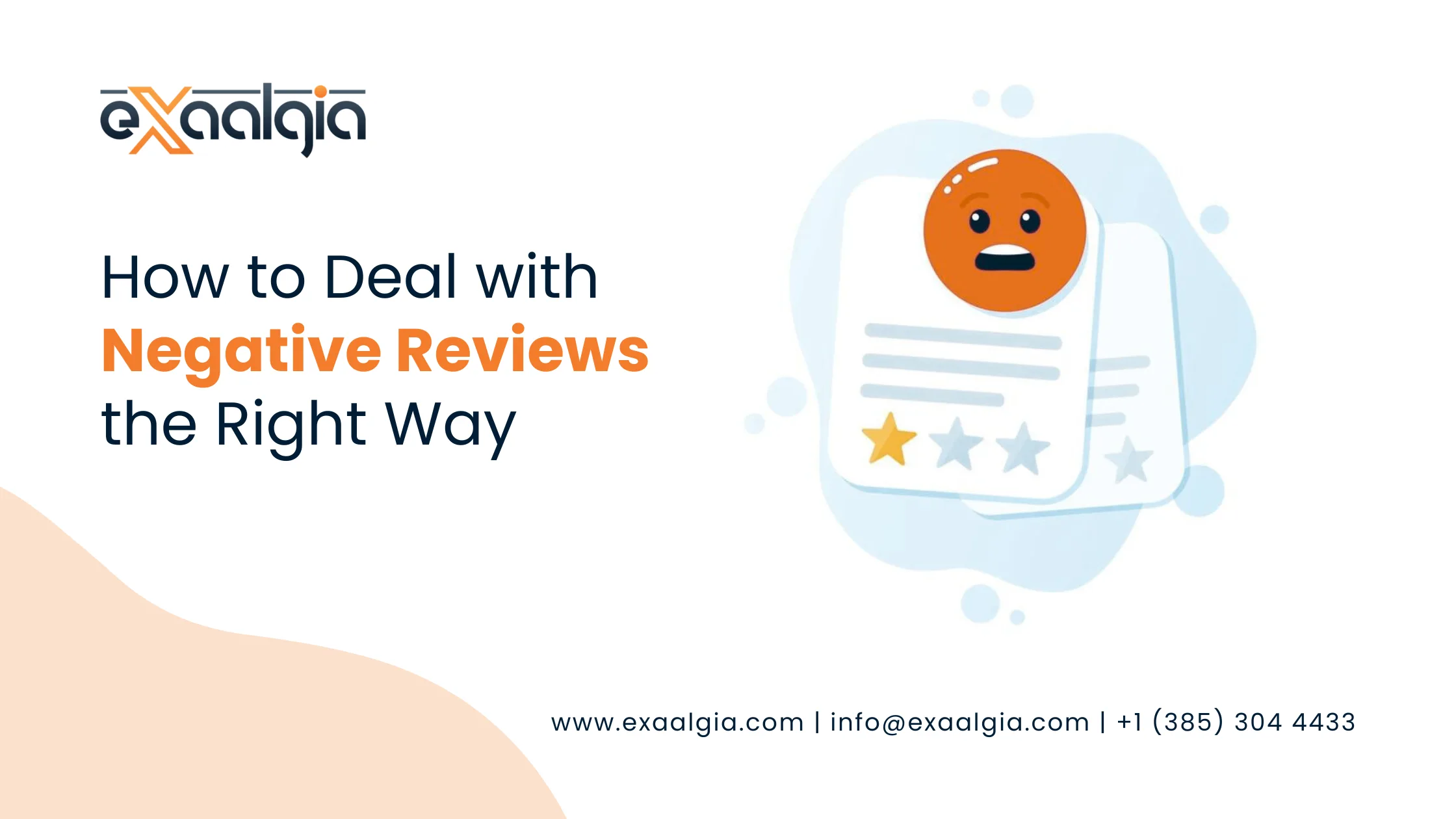This is why smart marketers don’t just check where they rank, they measure their SERP feature performance. Put simply, it’s about tracking how your site shows up in all the different “extras” Google sprinkles into search results and whether those features help or hurt your visibility and click-through rate.
The good news? You don’t need to blow your budget on pricey tools to do this. There are plenty of free resources you can use to monitor your search visibility and SERP features. Let’s walk through why this matters, which tools to try, and how to use the data to actually get more traffic.
Why SERP Feature Performance Matters
Imagine this: you rank #1 for your prized keyword… But when you search for it, there’s a giant featured snippet box above you, a People Also Ask widget right below, and then a video carousel before your organic listing even appears. Suddenly, your coveted top spot isn’t as visible as it used to be.
That’s the reality for most industries today. So, SERP features tracking matters for four big reasons:
- Rankings aren’t the same as visibility. Owning a featured snippet or local pack gets you more screen space than being “just” #1.
- Your click-through rates may be slipping. Even if you’re ranking, SERP features can steal attention and reduce clicks.
- Competitors may outrank you without outranking you. If they own a video carousel or FAQ panel, they stand out more.
- It reveals opportunities. If you notice a PAA box on your main keywords, you can start answering those questions directly.
In other words, checking rankings alone is like measuring your health by weighing yourself, it only tells one part of the story.
What to Track in SERP Feature Performance
When you’re analyzing rich results, don’t just obsess over position. Ask yourself:
- Am I showing up in SERP features at all? (Snippet, FAQ, images, etc.)
- Which features drive clicks, and which hurt them?
- Am I losing visibility to competitors?
- Are some of my keywords trigger-heavy? (meaning they display tons of features, so SEO strategy needs adjusting)
These are the insights that help you prioritize where to put energy.
Free Tools to Help You Track SERP Feature Performance
Here are some of the best free ways to track and understand your SERP feature visibility without spending a dime.
Google Search Console
GSC gives you raw data straight from Google: impressions, clicks, average position, and even which rich results your site qualifies for.
- Check if your CTR looks suspiciously low for terms you rank highly on that usually means another SERP feature is stealing clicks.
- Under Search Appearance, you’ll see information on things like FAQ results, videos, and how they performed.
Pro tip: Compare performance across date ranges. If CTR suddenly dipped, check if Google added a new feature.
Need help with setup? Our SEO services USA include full GSC reporting and analysis.
Rank Ranger’s SERP Features Tool
This free tool is handy for scoping out which SERP features exist for your target keywords. It shows whether terms trigger snippets, local packs, carousels, or knowledge panels.
Ahrefs Free SERP Checker
Ahrefs is known for its powerful paid toolkit, but they also give away a limited free SERP checker. Plug in a keyword, pick your location, and get a snapshot of the SERPs, including which features dominate. Let’s say you search your chosen keyword and see a giant “People Also Ask” box with four questions. That’s your content plan right there.
Semrush Free Account
A free Semrush account caps how many keyword checks you get, but you can still track if you or competitors appear in features like snippets, knowledge panels, or video results. For digital marketers just dipping their toes, it’s a good hybrid option to start small and upgrade later if needed.
Moz Keyword Explorer & MozBar
Moz’s Keyword Explorer lets you plug in keywords and shows SERP features present in the results. The free MozBar extension also gives you an overlay right on Google’s SERPs, visualizing which domains own which spots. It’s less about tracking over time and more about getting clarity in the moment, which is surprisingly insightful.
Ubersuggest
Free users get a few keyword checks a day, which is often enough for small businesses. Ubersuggest shows keyword difficulty and also the SERP makeup. It’s a good entry-level way to monitor keyword and feature competition.
Mangools SERPChecker
This tool offers a more visual map of the SERP. It shows every feature — snippets, images, top stories — and who owns them. Helpful if you want to play the comparison game: “They own the snippet, but I can try to beat them with schema markup.”
Seoquake Extension
From SEMrush, Seoquake throws SEO stats straight onto your browser. It doesn’t scream “SERP feature tracker,” but it helps you analyze visibility factors like indexed pages, backlinks, and authority while seeing how the layout changes.
SERProbot
Quickly check keyword rankings globally and preview SERPs for features.
AnswerThePublic
This tool doesn’t track SERPs features directly but helps you anticipate them. By showing you common user questions, it practically hands you the roadmap to capture People Also Ask boxes or FAQ snippets.
How to Actually Improve SERP Feature Performance
Tools are step one, but here are strategies to actually capture features:
- Win Featured Snippets – Use definitions, bulleted lists, or step-by-step formatting.
- Implement Schema Markup – Add FAQs, Reviews, or How-To schema. Need help? Our content optimisation services make it simple.
- Optimize for Local Packs – Claim and polish your Google Business Profile, gather reviews, and ensure consistent NAP details.
- Prioritize Video Content – YouTube videos dominate “how-to” queries.
- Monitor CTR Trends – Sudden drop? Probably a new feature above you.
What the Future Holds for SERP Performance
As Google experiments with AI overviews and more zero-click searches, tracking visibility across SERP features is even more critical.
That means optimizing for:
- Entity-based SEO → own knowledge panels.
- Voice search → short snippet-style answers.
- Generative AI boxes → concise, authoritative content.
Making SERP Features Work for You
Tracking SERP feature performance isn’t optional anymore, it’s your reality check on whether SEO is really working.
The best part? With free tools like Google Search Console, Ahrefs SERP Checker, and Moz Keyword Explorer, you don’t need a big budget. Start small, gain insights, and gradually scale.
When you’re ready to go beyond DIY, our team at Exaalgia can help you track, optimize, and win across every Google SERP feature.
Frequently Asked Questions (FAQs)
What is SERP feature performance and why does it matter?
SERP feature performance refers to how well your website appears in Google’s rich search elements like featured snippets, local packs, video carousels, and FAQ boxes. It matters because even if your page ranks high, features above your listing can steal clicks. Tracking it helps you understand your true visibility and user engagement.
Which free tools are best for track SERP feature performance?
Some of the best free tools include Google Search Console, Ahrefs Free SERP Checker, Moz Keyword Explorer, Semrush Free Account, and AnswerThePublic. Each gives you different insights into keyword rankings, click-through rates, and which SERP features appear.
How can I capture more featured snippets and People Also Ask opportunities?
To win snippets or PAA, structure your content with clear answers, concise definitions, and well-labelled heading tags. Adding FAQ schema markup also increases your chances. If you’re unsure how to start, our team at Exaalgia can optimize your pages for snippet-friendly formatting.
Can local businesses track their SERP feature performance for free?
Yes! Tools like Google Search Console and local SERP checkers let small businesses track local pack performance. For the best results, optimize your Google Business Profile, gather customer reviews, and keep your NAP (Name, Address, Phone) consistent across directories.
How often should I check my SERP feature performance?
At minimum, review it monthly to spot big changes. But if you’re in a competitive industry or relying heavily on organic traffic, weekly SERP feature tracking helps you react faster to shifts. Many businesses partner with agencies like Exaalgia for ongoing monitoring and reporting.







